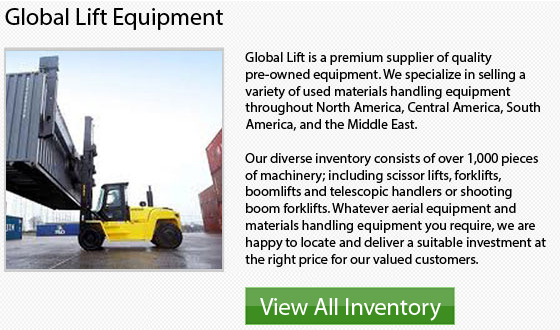
Reach Forklifts
In nearly all distribution centers or warehouse settings, overall space is normally limited. If you can get a machine to utilize in smaller aisles and spaces, the more storage space a company would be able manage. Thus, particular equipment has been designed for operating in very narrow aisles so as to maximize efficiency and space.
Reach Trucks
The specialized reach forklift has a mast which extends away from the body of the forklift. It normally is attached with a scissor apparatus. When the scissor is compacted or drawn in, the forklift becomes much narrower compared to the typical forklift.
Operator Position
Most reach trucks are designed so that the operator is standing while operating the unit. This is a contrast to the typical forklift where the operator is normally sitting. The standing operation area reduces the amount of room required for the compartment of the operator, enabling the machine to achieve an even smaller profile overall.
Space Saving
Aisle-ways could be made as narrow as 7 feet with a reach truck. Nearly all standard forklifts require a minimum aisle space of approximately 11 feet; therefore, using a reach truck gives approximately a savings of 5 feet on each and every aisle. When renting a warehouse on a square foot basis, this is a significant amount of space.
Unique Controls
A reach truck is normally steered using a rotating lever which is located on a platform beside the operator. There is another lever used to control the mast as well as for extending the mast and also to control forward and reverse. These controls are quite different than standard forklift controls.
Load Capacity
The reach truck will normally have a load capacity less than standard forklifts. This is mainly due to the machine's narrow design, which could cause a really high center of gravity. When the mast is fully extended and the load is lifted, this is particularly true.